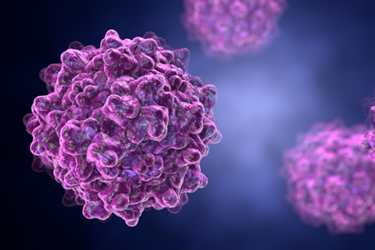High Throughput AAV Viral Titering Using Nanoplate-Based Digital PCR
By Kelly Geosits, Associate Scientist, Viral Vector R&D, Timothy Dougherty MS, Scientist, Analytical Development, Arielle Kilner MS, Sr. Scientist, Analytical Development, Brian Tomkowicz PhD, Sr. Director, Viral Vector R&D, David Colter PhD, Sr. Director, Analytical Development

Determining the physical titer of viral vectors has typically been accomplished using digital droplet PCR (ddPCR). Droplet-based methods, however, are challenged by matrix effects and long analysis times (up to 7 hours). With advanced nanoplate-based digital PCR technology (dPCR) from Qiagen, it is possible to achieve accurate titers in 2-hour run times using simple workflows, even for challenging samples. The multiplexing capabilities of the QIAcuity Digital PCR System allow quantification of more targets using fewer assays, accelerating time to market. Digital PCR can also be performed on a more diverse set of sample matrices, enabling titering at more stages of AAV production to ensure product quality, safety, and efficacy.
In this technical application note, nano-plate-based dPCR is compared to ddPCR analyses for different types of AAV samples to demonstrate that the QIAcuity is a successful platform for AAV titering. The results show that the nanoplate-based dPCR system rapidly delivers accurate titer values, providing more data across more sample types, faster, and with higher throughput to drive towards first-time right process development.
Get unlimited access to:
Enter your credentials below to log in. Not yet a member of Cell & Gene? Subscribe today.
